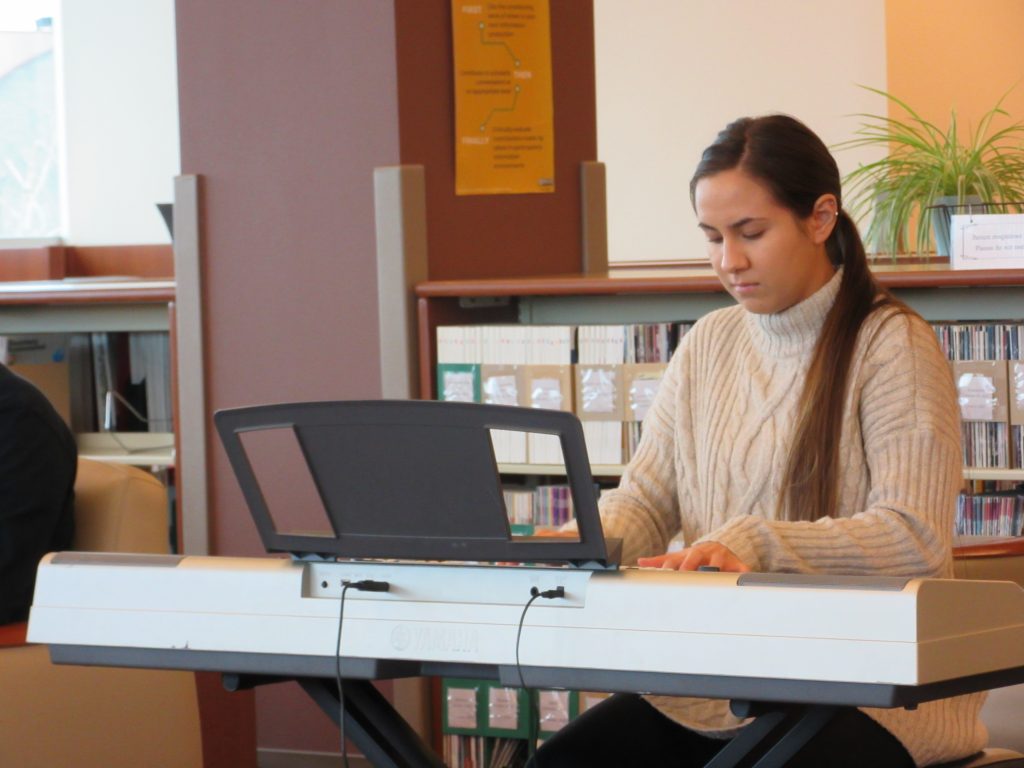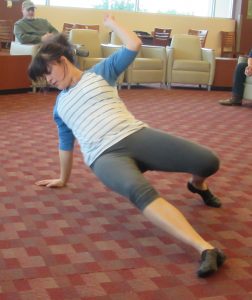Natural History Museum of Los Angeles County
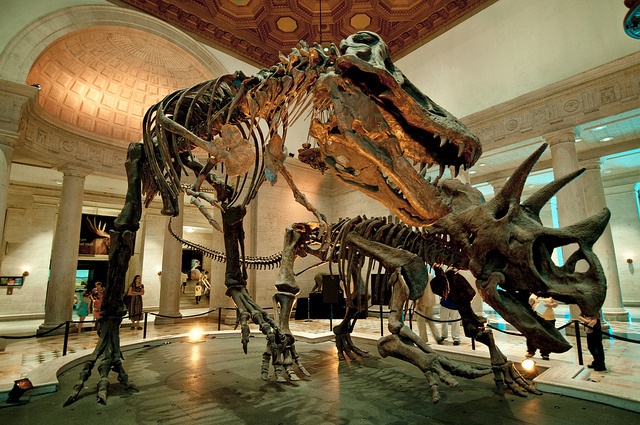
By Denae Ayala
On Friday, April, 7, Taft College science students had the opportunity to visit the Natural History Museum of Los Angeles County. Both students and professors were on the bus by 8 a.m., ready for the field trip.
The trip included students from Professor Mays’ earth science class, Professor Golling’s biology class, and others.
The Museum, located in Los Angeles just off of the Harbor Freeway and next to the University Southern California campus, is the largest natural and historical museum in the western United States. It protects over 35 million specimens, dating back 4.5 billion years.
The Museum is a resource for Southern California teachers. The Museum operators are an authority on the “big picture” of the planet, the natural and the cultural world and the Museum also tracks the Earth’s biodiversity.
Arriving at around 10:30, the professors handed out worksheets with questions to answer about the exhibits. For the earth science students each worksheet had nine questions on them.
For the next four hours, the exhibits that were visited were the African Mammal Hall, North American Mammal Hall, Gen and Mineral Hall, Hixon Gem Vault, Age of Mammals Exhibit and Dinosaur Hall.
In the African Mammal Hall you are facing animals that were first discovered in the early 20th century. The mammals you come across that are most popular when visiting this hall are the Arabian Oryx, savanna elephant, spotted hyena, okapi, hippopotamus, and a Guereza.
Have you encountered a polar bear before? In the North American Mammal Hall you got to see mammals that were found over 75 years ago. The five most popular mammals included in this hall were a bison, moose, jaguar, polar bear, and a pronghorn antelope.
The Gem and Mineral Hall displays more than 2,000 spectacular specimens within two large galleries that comprise what is considered to be one of the finest exhibits of gems, metals and minerals in the world. From gold to silver the hall allows you to not only feel these items but learn about them as well.
Inside of the Hixon Gem Vault is where you come across the diamonds, sapphires, and rubies. Did you know Benitoite is the beautiful blue state gemstone of California?
Age of Mammals exhibit tells an evolutionary story that spans 65 million years. The two-story gallery gives out information about mammals. From the physical traits of a mammal, to the classification, and the humans encountering with mammals.
The final exhibit that was visited was the Dinosaur Hall. Here you will get up close and personal with a T-rex, triceratops, and a stegosaurus, plus many more. The 14,000-square-foot dinosaur hall will rival the world’s leading dinosaur halls for the number of individual fossils displayed, the size and spectacular character of the major mounts.
You can visit the Museum anytime from 9:30 a.m. to 4:30 p.m. General admission is $27 with a parking fee of $12.
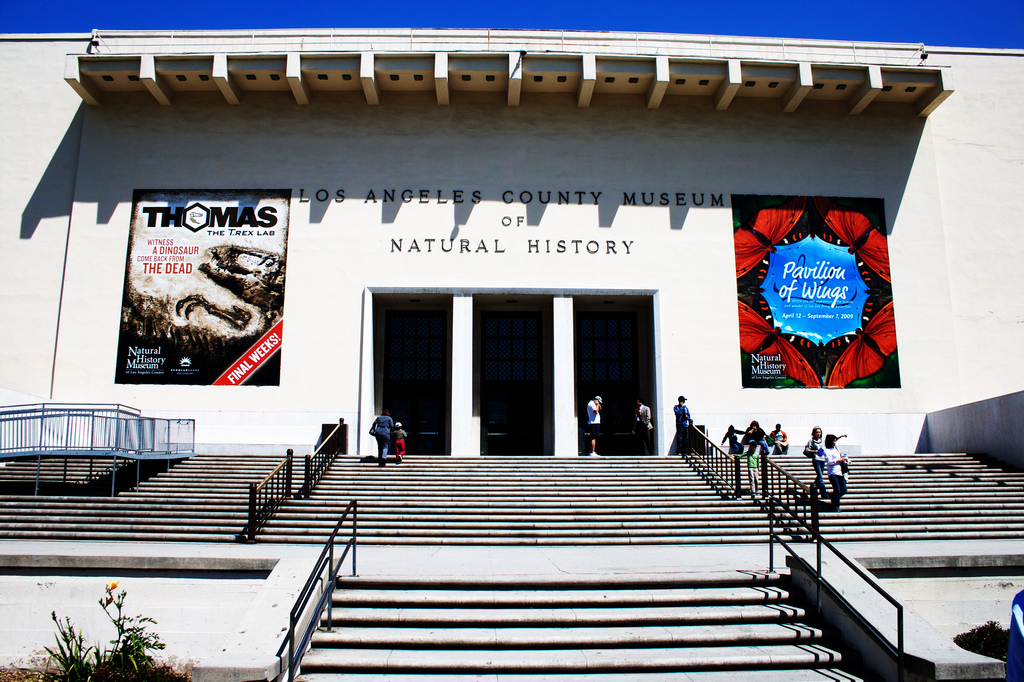
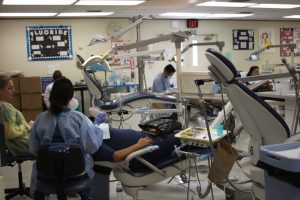

 Wind Wolves Preserve recently reopened to the public on March 4, 2017.
Wind Wolves Preserve recently reopened to the public on March 4, 2017.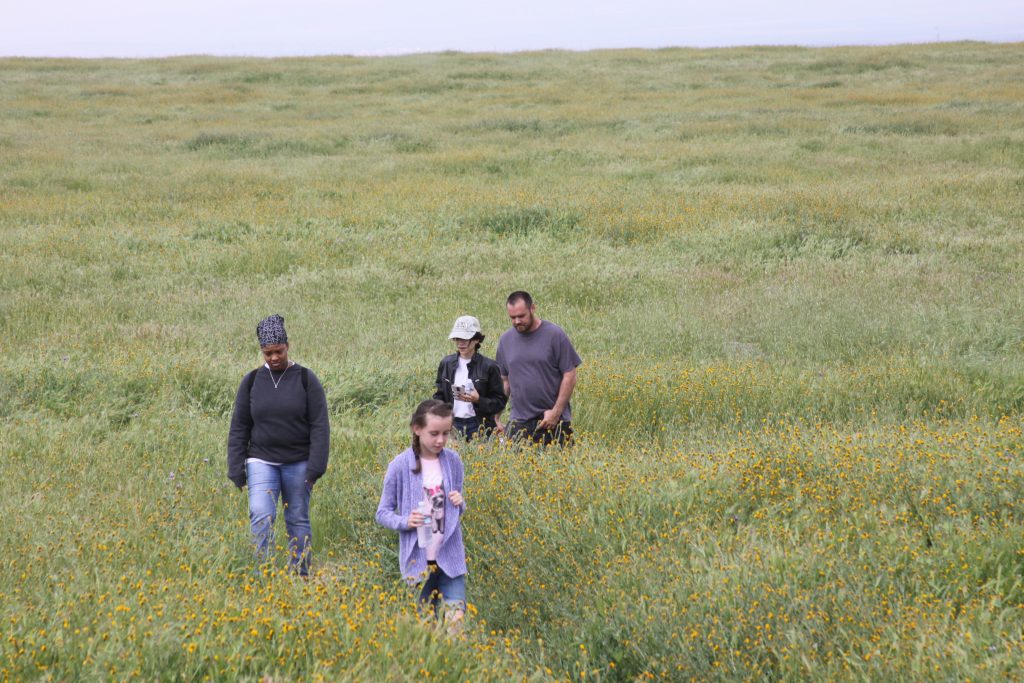
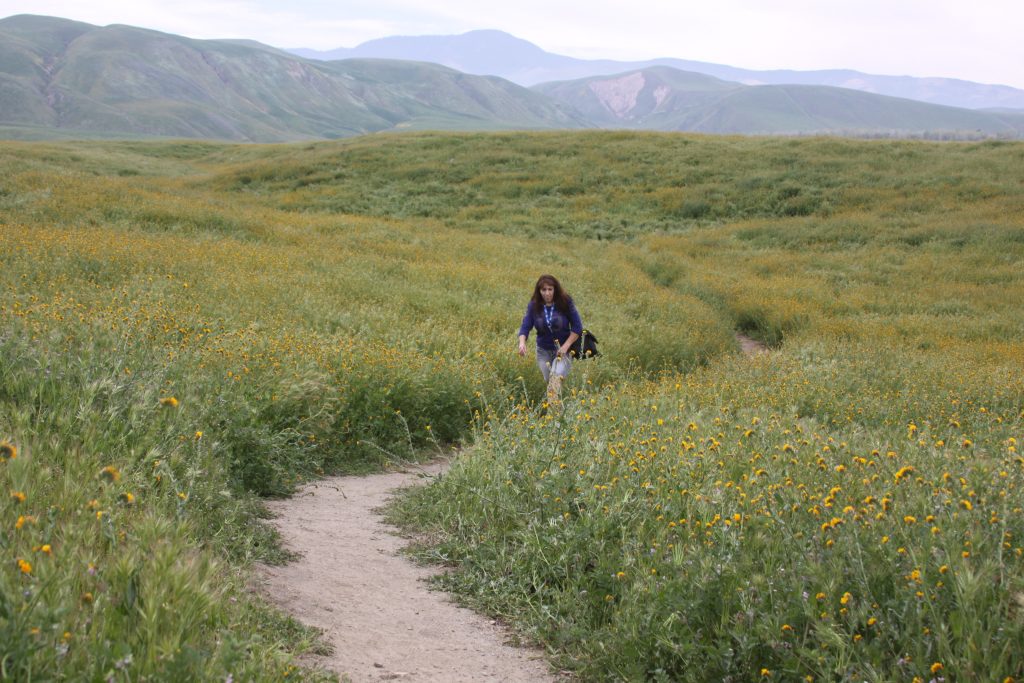 During your hike, you may encounter many animals such as Tule Elk, bobcats, kit foxes, and blunt-noses leopard lizards.
During your hike, you may encounter many animals such as Tule Elk, bobcats, kit foxes, and blunt-noses leopard lizards.
